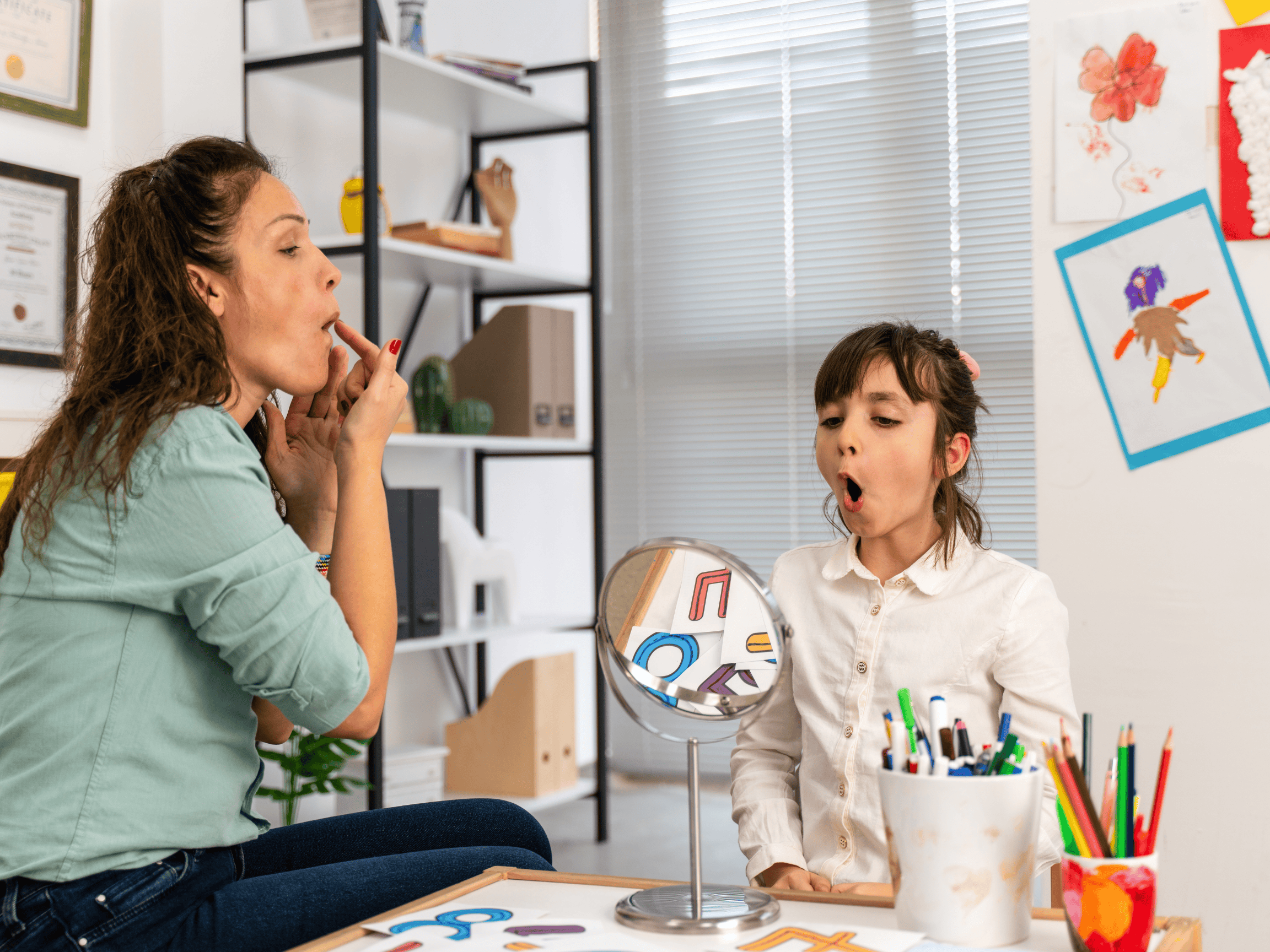What Is Attachment-Focused Therapy
Attachment-Focused Therapy (sometimes called attachment-based therapy or attachment-informed psychotherapy) is a therapeutic approach rooted in attachment theory. It centers on how early relationships — particularly with primary caregivers — shape our internal models of self, others, and relationship dynamics. These internal “attachment patterns” influence how safe, connected, or emotionally regulated we feel in interpersonal relationships throughout life.
When early attachments are insecure, inconsistent, or disrupted, people may carry forward relational difficulties, struggles with trust, emotional regulation, or identity. Attachment-Focused Therapy aims to explore, heal, and transform these attachment patterns so individuals can experience more secure, stable, and satisfying relationships.
How Does Attachment-Focused Therapy Work?
Here are the main mechanisms and processes by which this kind of therapy tends to help:
- Exploration of early attachment experiences. Clients are guided to reflect on their early relationships (parents, caregivers), how those relationships met or failed to meet their needs (safety, attunement, responsiveness), and how those early relational patterns have shaped expectations, beliefs, and emotional responses in adulthood.
- Awareness of internal working models. One key idea from attachment theory is that from early relationships we develop mental representations (working models) of self (am I worthy, lovable, safe) and of others (are others trustworthy, available, responsive). Therapy helps make these models explicit, see where they’re adaptive or maladaptive, and shift them.
- Therapeutic relationship as a corrective experience. A big part of Attachment-Focused Therapy is that the therapist themselves become a kind of safe relational figure. Through consistency, attunement, emotional responsiveness, and creating safety, the client experiences relational interactions that may contrast with early insecure attachment experiences. This “new relational experience” helps reshape expectations and trust.
- Emotion regulation and reflective capacity / mentalization. Therapy often helps clients to recognize, name, tolerate, and regulate their emotional experiences. Enhancing the ability to mentalize (i.e. understand one’s own and others’ mental states) is often central: noticing what one feels, what one believes, why one reacts, what meaning one attaches to interactions.
- Working with attachment ruptures and relational patterns. Clients often carry forward patterns of relational rupture (misattunement, abandonment, betrayal, inconsistency). Therapy helps identify those in current relationships (or with the therapist), explore how they echo past attachment injuries, and repair them.
- Interventions. Techniques may include imagery (e.g. imaging an ideal caregiver or reparenting), narrative work, parts work, role-plays, family therapy approaches (if relevant), and sometimes combining with trauma-informed therapies.
- Behavioral changes in relationships. Ultimately, the goal is to shift how one behaves in relationships — more securely, more openly, with more capacity for trust and closeness — guided by new internal models and increased emotional awareness.
Who Might Benefit From Attachment-Focused Therapy?
Attachment-Focused Therapy tends to be helpful for people who:
- Experienced inconsistent, neglectful, over-protective, or traumatizing caregiving in childhood.
- Struggle with insecure attachment styles: anxious/preoccupied, avoidant/dismissive, disorganized.
- Have difficulties in relationships: e.g. distrust, fear of abandonment, emotional shut-down, relational conflict, repetitively choosing partners who mirror old attachment wounds.
- Carry unresolved grief, loss, abandonment, or trauma related to early attachment relationships.
- Have issues with emotional regulation: anxiety, depression, borderline personality traits, complex trauma.
- Undergo attachment ruptures in present relationships and want to understand and reorganize how these operate.
- Want to improve parenting or caregiving relationships (parent-child therapy) by understanding attachment patterns in their own upbringing to better respond to their child’s needs.
Attachment-Focused Therapy can be delivered individually, in couples therapy, or in family settings, depending on the issues and relational network.
What Are the Different Models / Types of Attachment-Focused Therapy?
Here are some specific models or applications with evidence:
- Attachment-Based Family Therapy (ABFT). Developed for adolescents with depression, suicidality, trauma. It has a structured, relational process that focuses on repairing family attachment ruptures. Research shows good efficacy for adolescent depression and suicide-ideation.
- Parent-Infant Psychotherapy and toddler interventions. For young children (12-24 months), interventions like Attachment and Biobehavioral Catch-Up, video feedback, home visiting programs have evidence for increasing secure attachment in early childhood.
- Intervention with depressed mothers and their children. E.g. Child-Parent Psychotherapy (CPP) has been shown to promote secure attachment, which in turn mediates improved peer relations years later.
- Attachment-Informed Psychotherapy more broadly. Psychotherapy research underscores that therapeutic alliance and therapist’s own attachment style / mentalizing capacity matter; attachment theory provides a framework to understand in-session dynamics, ruptures, repair, and how change happens.
What Can You Expect in a Therapy Process
Here are some practical features you might experience if you enter into Attachment-Focused Therapy:
- Early sessions often involve assessment: exploring your history, early caregiving experiences, attachment style, identifying relational patterns.
- Establishing safety and trust with the therapist. The therapist will aim to be emotionally attuned, consistent, responsive.
- Exploring painful or difficult memories, beliefs, emotions about attachment figures. You may revisit childhood relational wounds, losses, ruptures.
- Working to recognize how old patterns show up in present relationships (including the therapeutic relationship).
- Learning skills for regulating emotions, tolerating distress, mentalization / perspective taking.
- Possibly using imagery, narrative rewriting, forgiving or making sense of experiences in a way that helps shift internal working models.
- If family or relational therapy is involved, working toward repairing current relationships (communication, understanding, corrective interactions).
What Does the Evidence Say: Benefits & Limitations
Benefits / what the research supports:
- Improved mental health outcomes: reduction in depression, suicidality among adolescents using ABFT.
- Better relational functioning: improved parent-child interactions, peer relations, greater security post intervention (e.g. in child-parent psychotherapy).
- Changes in attachment security are possible even after early insecure attachment, especially with early interventions.
Limitations / what the research is still clarifying:
- Many studies focus on children or adolescents; adult attachment repair is more complex and less well-defined in controlled research.
- Heterogeneity of “attachment-focused” therapies: different models, methods, and what exactly “attachment work” includes vary a lot, which makes comparisons and meta-analysis challenging.
- Therapy can take time; repairing attachment wounds tends to be a slower process, especially for long-standing patterns.
Final Thoughts: Considering Pursuing Attachment-Focused Therapy
If you’re feeling stuck in patterns of mistrust, relational conflicts, emotional distance, or repeating the same hurt in your relationships, Attachment-Focused Therapy may offer a path toward deep healing. It’s not just about fixing symptoms; it’s about cultivating security, learning to relate differently to others and to yourself, and reshaping the internal scripts that might be quietly steering your life.
You don’t need to have a “textbook” trauma history to benefit — many people with relational pain, difficulties in intimacy, or emotional dysregulation trace some of their struggles back to how they learned to relate early on, even in “normal” families. What matters more is your readiness to explore vulnerable material, work in relation (including with the therapist), and to have patience with gradual change.
If you decide to go this route, here are some tips:
- Find a therapist who is trained in attachment theory / attachment-informed models, who understands relational dynamics, mentalization, and who has experience working with attachment ruptures.
- Ask about the therapist’s approach: How do they conceptualize attachment work? What methods do they use (imagery, narrative, family work, etc.)? What is the expected duration?
- Check about safety, boundaries, and alignment: The therapeutic relationship itself is part of the healing, so therapist reliability, attunement, and consistency matter a lot.
- Be prepared for emotional discomfort: revisiting early relational wounds can stir pain. But working through those is part of forming new, more secure patterns.
- Give it time; shifts in how you relate to yourself and others often happen gradually and cumulatively.
- Diamond, G. S., Russon, J. M., & Levy, S. (2016). Attachment-Based Family Therapy: Theory, Clinical Model, Outcomes, and Process Research. Journal of Clinical Child & Adolescent Psychology. PubMed
- Tang, S., Wright, M. O., Margolies, P., & Sokol, J. T. (2022). Attachment-Based Parenting Interventions and Evidence of Changes in Toddler Attachment Patterns: An Overview. Clinical Child and Family Psychology Review, 25, 737-753. SpringerLink
- Madigan, S., Wade, M., Plamondon, A., Jenkins, J. M., McDonough, S., & Benoit, D. (2022). Review: Attachment and attachment-related outcomes in preschool children. Journal of Child Psychology and Psychiatry, 63(6), 648-660. PubMed
- Lyons-Ruth, K., & Jacobvitz, D. (2016). Attachment, disrupted distributed patterns and intergenerational transmission: implications for early childhood practice. Zero to Three Journal, 37(1), 4-11. (as background to early relational disruption/attachment theory) — not directly in the search but foundational.
- Madigan, S., et al. (2018). Attachment time course: longitudinal outcomes for depressed mothers and their offspring in Child-Parent Psychotherapy. Development and Psychopathology. PubMed
- Allen, J. G., & Fonagy, P. (2006). The research basis of attachment theory. In J. G. Allen & P. Fonagy (Eds.), Handbook of Mentalization-Based Treatment. (for concepts like mentalization and internal working models) — again background.








































